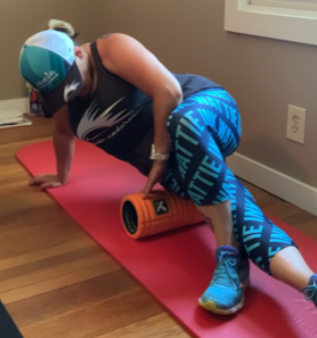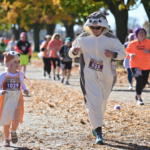We have ALL heard that saying “It hurts so good!” Nothing could be truer when it comes to recovery for an endurance athlete. We work hard and put an incredible toll on our bodies. It is important to recover properly so that we can keep going out and doing the things we love!
There are so many different types of recovery tools on the market today, and we are going to go into some detail about some of my favorites and how they can be utilized to keep you in top performance condition.
First up, the one, the only…the FOAM ROLLER!
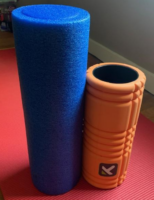
The foam roller is a fan favorite because it is mostly straight forward and easy to use. It is in a tube shape and most made out of foam. The foam has different densities depending on what your comfort level is with them.
What does a foam roller actually do? Foam rolling is a self-myofascial release. What you are doing is applying gentle sustained pressure into the Myofascial connective tissue restrictions to eliminate pain and restore motion.
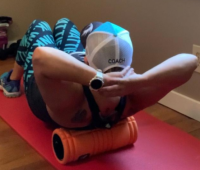
What benefits do we get from foam rolling? Increases blood flow and improves circulation, prevents adhesion’s (scar-like tissue), reduces soreness and inflammation, increases range of motion, and it’s just so darn relaxing!
When should you foam roll? Foam rolling before a workout can help by increasing blood flow, elasticity and range of motion. Foam rolling post workout increases O2 to the tissue, prevents adhesion, stimulates blood flow and reduces recovery time.
How do you use a foam roller? First, it’s better to start easy than going all intense right off the bat. It is going to feel sore and tender, but that’s where the “Hurts so Good” come in! *Note: If there is stabbing or intense pain, stop and consult with your medical provider.
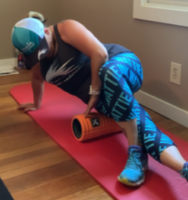
- With the foam roller on the ground, place the area of your body that you are rolling on the foam roller.
- Put the weight that is comfortable for you down onto the roller. Supporting with your arms will be a key in how much pressure you are applying to the area.
- Gently roll the area in a back and forth motion. You can hold pressure in spots that you feel especially tight.
- Foam roll between 1 and 5 minutes per each muscle group.
- HYDRATE!!! The best thing we can do for our bodies is hydrate.
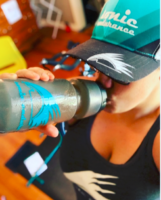
Ready, set, Roll!!
In “Train Hard, Recover Easy: Part 2” we will be talking all about trigger point release!

